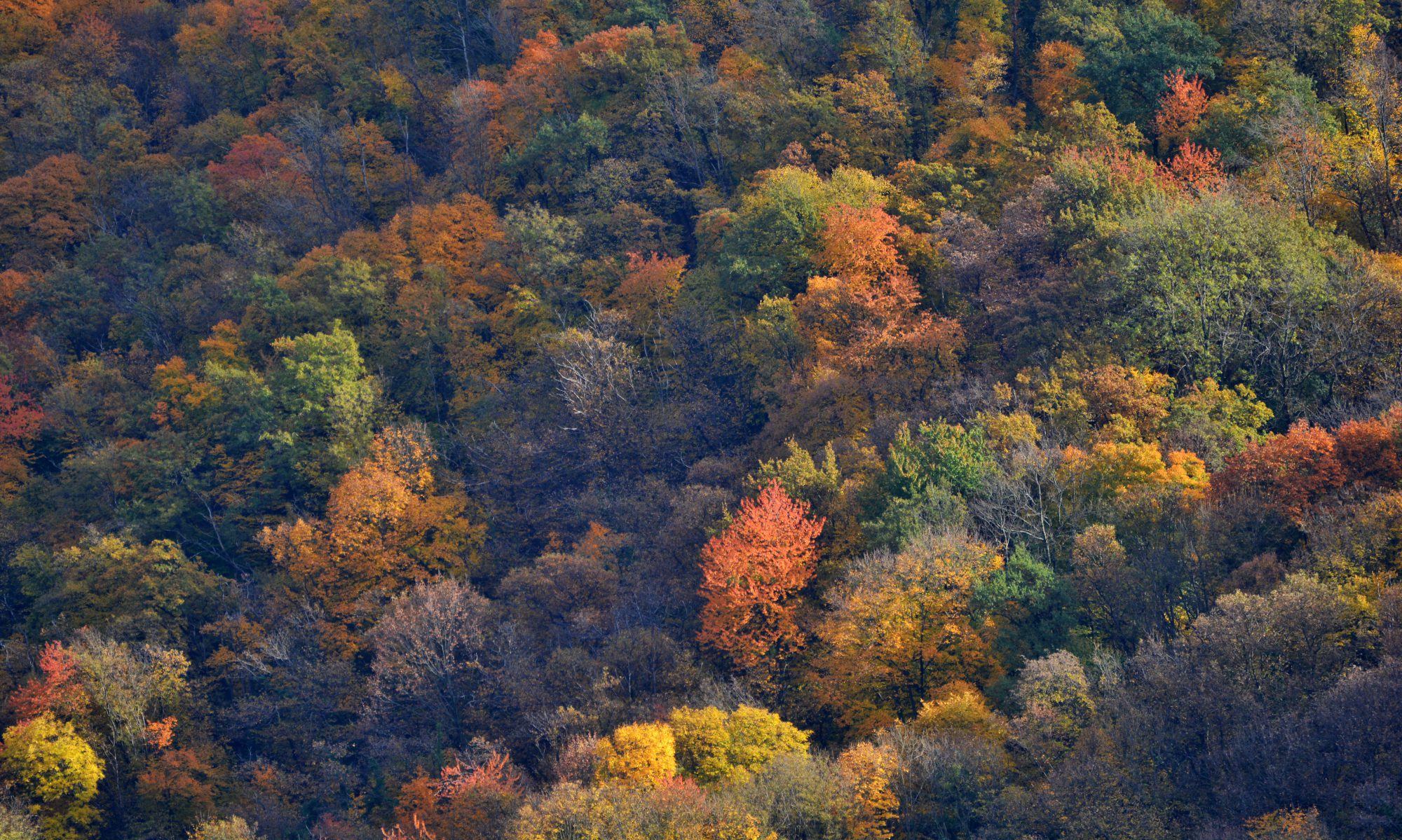A few weeks ago the final conference of the projects FORMASAM, REFORCE, and FOREXCLIM, was held at Potsdam Institute for Climate Impact Research, Germany. Thank you to Christopher Reyer (FORMASAM PI ) and all the PIK team for the great organisation of this conference with 115 participants at the conference and up to 35 online.
See more details on this news on the PIK website https://www.pik-potsdam.de/research/climate-resilience/projects/project-pages/formasam/meetings/4

